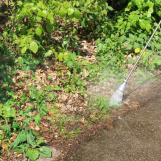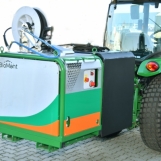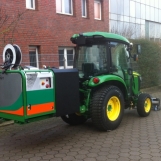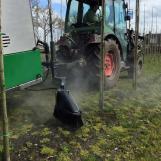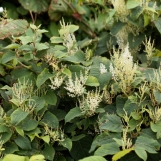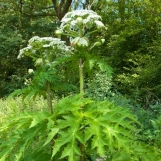BioMant is the most effective weed control method anywhere where the use of herbicides is not allowed or is not desired:
With the BioMant hot water technique, even invasive plants can be combated without the use of chemicals. Think of Japanese Knotweed (Fallopia japonica), Ambrosia (Ambrosia artemisiifolia)) and Giant Hogweed (Heracleum mantegazzianum). With repeated treatment, the plant will weaken so much, that it will soon die off completely.
With BioMant, oak processionary moths can be fought without chemicals. The hote water not only kills the caterpillars, but also makes their stinging hair harmless.
The oak processionary moth is becoming more and more dangerous for people. The hairs of the caterpillar can cause allergies and an unsightly rash on contact. Combating the moth is therefore essential so as to stop them multiplying.
The oak processionary moth can be dealt with with the BioMant hot water devices and a telescopic lance.
The nests are treated with the hot water. The nests are scalded and the high temperatures destroy the stinging hairs and render them harmless. The nest can then be removed safely.






